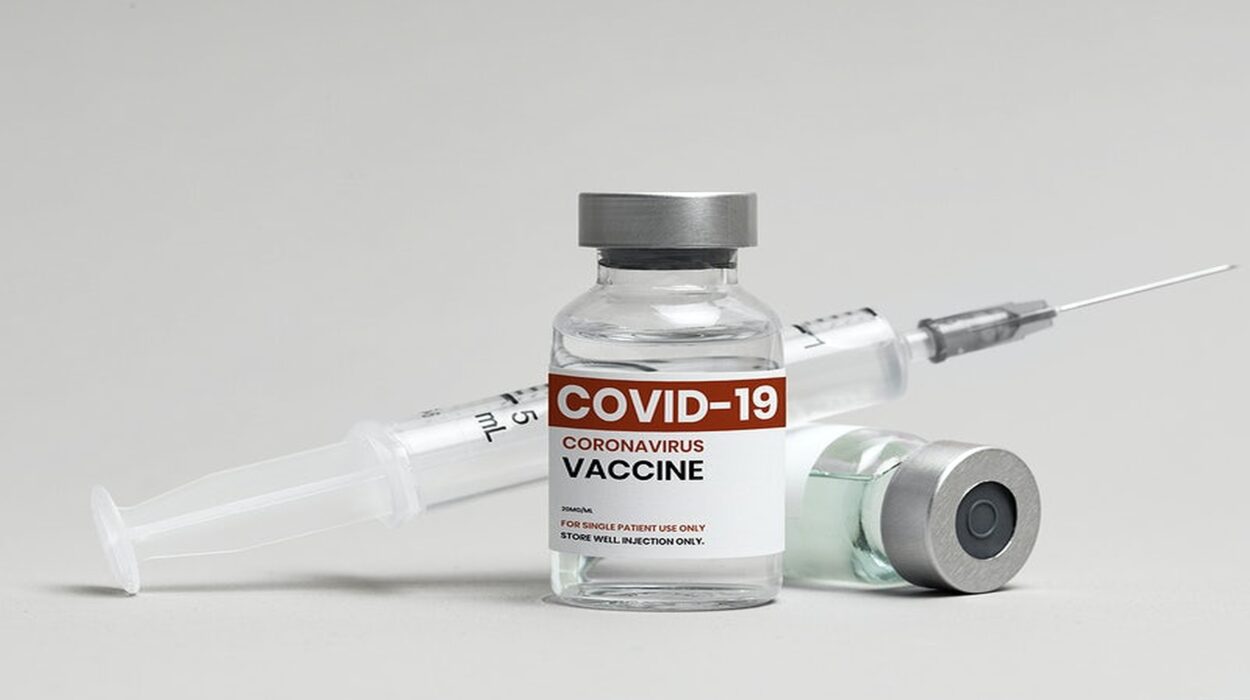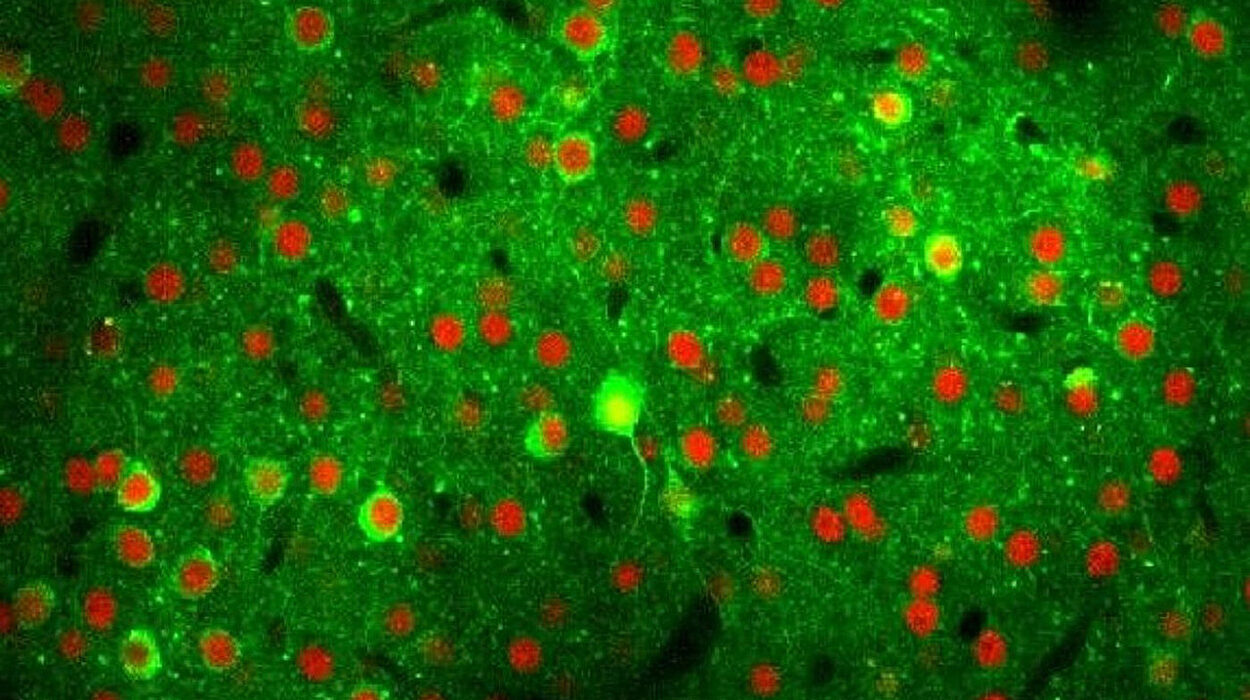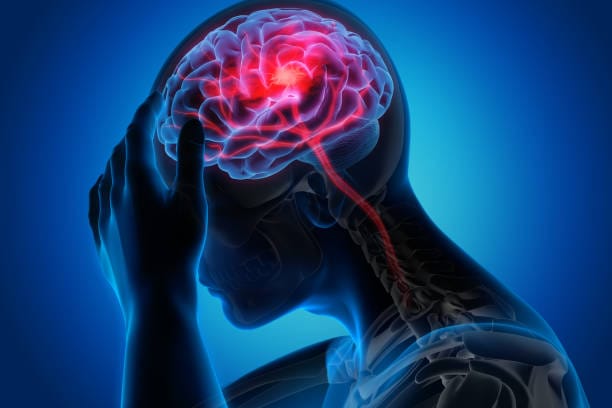One hundred years. Just a blink of an eye in human history, but in the world of medicine, the past century has been nothing short of revolutionary. We’ve gone from a time when infections were a death sentence and surgeries were a terrifying gamble to a world where organs are transplanted, diseases are decoded at the genetic level, and artificial intelligence aids in diagnosis. Medicine today is a dynamic, data-driven, and life-saving force. But how did we get here? What changed? And how far have we really come?
To understand the depth of this transformation, we must journey back in time—to the 1920s—and trace the winding, wondrous road medicine has taken since.
1920s: The Dawn of Modern Medicine
In the early 20th century, medicine was still clinging to its Victorian past. Hospitals were grim, sterile places, often associated with death rather than healing. Antibiotics didn’t exist, anesthesia was rudimentary, and public health knowledge was patchy at best. However, the 1920s marked a shift—a tipping point.
This decade witnessed the discovery of insulin by Frederick Banting and Charles Best, which turned diabetes from a fatal disease into a manageable condition. Before insulin, a diagnosis of Type 1 diabetes was a death sentence. With the introduction of this hormone, patients—especially children—gained not just months but decades of life.
Around the same time, Alexander Fleming stumbled upon a mold that killed bacteria in his petri dishes. That mold was Penicillium notatum, and though its full potential wouldn’t be realized until the 1940s, the seeds of the antibiotic era were planted. This decade also saw the increased use of X-rays, a growing understanding of vitamins, and improvements in surgical technique thanks to antiseptic practices introduced in earlier decades.
The Antibiotic Revolution
The real medical boom began with the mass production of antibiotics during World War II. Penicillin became the first “wonder drug,” saving the lives of wounded soldiers and, eventually, civilians across the world. Suddenly, diseases like syphilis, pneumonia, tuberculosis, and strep throat—once deadly—were now curable.
Following penicillin, a cascade of antibiotics was discovered—streptomycin, tetracycline, erythromycin. Each was a bullet against bacterial enemies, leading to a golden age of infection control. Hospitals changed. Life expectancy increased. Child mortality plummeted. Surgery became safer. Dentists no longer had to worry about simple infections killing their patients.
However, success bred complacency. Antibiotics were overprescribed, misused in agriculture, and poorly regulated. By the end of the 20th century, resistant strains began to emerge—MRSA, drug-resistant TB, and gonorrhea—reminding us that nature never yields without a fight.
Vaccines: The Invisible Shield
If antibiotics were the sword, vaccines were the shield. Over the past century, vaccines have eradicated, controlled, or significantly reduced some of the most terrifying diseases in history.
Smallpox, which killed hundreds of millions, was declared eradicated in 1980 thanks to a global vaccination campaign. Polio, a crippling disease that once terrified parents worldwide, is now on the brink of extinction. Measles, rubella, diphtheria, and pertussis—all once household threats—are now rare in vaccinated populations.
The 20th century brought with it the development of more sophisticated, safer vaccines. Techniques evolved from using killed or weakened viruses to using just the necessary protein parts—leading to the development of subunit and mRNA vaccines, the latter coming into the spotlight during the COVID-19 pandemic.
Vaccination isn’t just a medical triumph; it’s a public health miracle. The herd immunity principle has saved countless lives, even those who never got the shots.
From Germ Theory to Genetics
The understanding that microorganisms cause disease (germ theory) was revolutionary in itself, but the real paradigm shift came with the birth of genetics.
In 1953, James Watson and Francis Crick, aided by Rosalind Franklin’s X-ray diffraction images, discovered the structure of DNA—a double helix that encodes the blueprint of life. This discovery cracked open a vault of biological secrets. Suddenly, scientists could explain why diseases ran in families, how mutations caused disorders, and what made each of us biologically unique.
By the 1990s, the Human Genome Project was underway, aiming to sequence every gene in the human body. Completed in 2003, this colossal effort gave us a map of human DNA and opened the floodgates for personalized medicine. No longer were treatments “one-size-fits-all.” Now, a patient’s genetic profile could guide therapy, from cancer treatment to rare disease management.
Gene editing technologies like CRISPR-Cas9 emerged in the 2010s, allowing precise alteration of DNA sequences. This brought new hope for curing inherited diseases like cystic fibrosis, sickle cell anemia, and muscular dystrophy—not just treating them.
Imaging the Invisible
A century ago, X-rays were the only tool available for peeking inside the body. Today, we have a full arsenal of imaging technologies: CT scans, MRIs, PET scans, and ultrasounds. These tools allow us to see not just bones but organs, tissues, and even brain activity in real-time.
The evolution of medical imaging has transformed diagnosis and treatment. MRIs can detect tumors the size of a grain of rice. PET scans reveal how the brain processes thoughts. 3D imaging helps surgeons plan intricate operations. Even virtual reality is being used in modern medical training and planning.
Moreover, the rise of digital imaging and AI-assisted diagnostics means that computers can now identify patterns in scans faster and sometimes more accurately than human radiologists, especially in areas like breast cancer detection and brain aneurysms.
Surgery: From Butchery to Precision
In the 1920s, surgery was risky, bloody, and often a last resort. Anesthesia was primitive, sterilization was inconsistent, and infection was common. Fast forward to today, and we have surgeries performed with lasers, robots, and microscopes. Some procedures don’t even require a single incision.
Minimally invasive techniques like laparoscopy and endoscopy have reduced recovery times, lowered infection risks, and shortened hospital stays. Organ transplants, once science fiction, are now routine procedures. Livers, kidneys, hearts—even faces—have been transplanted successfully.
And robotic surgery? Surgeons now operate with joystick-like controls, using robot arms that can perform ultra-precise movements within the body. This level of precision minimizes trauma and speeds healing. In the near future, telesurgery may allow top surgeons to operate on patients thousands of miles away.
Cancer: From Hopeless to Hopeful
Cancer, once a near-certain death sentence, has seen tremendous progress. Early detection methods like mammograms, colonoscopies, and Pap smears catch cancers early, when they are most treatable. Chemotherapy, radiation, and surgery have improved in efficacy and precision.
But the real breakthroughs have come from targeted therapies and immunotherapy. Instead of blasting all fast-growing cells, targeted therapies strike specific mutations that fuel cancer growth. Immunotherapy harnesses the body’s own immune system to fight tumors, with some patients achieving complete remission even in advanced stages.
The rise of cancer genomics has also led to “precision oncology,” where a patient’s tumor is sequenced to identify the best drug combinations. It’s not a universal cure—yet—but the progress has been nothing short of breathtaking.
Mental Health: From Shame to Science
One of the most profound shifts has been the recognition of mental health as an essential part of overall well-being. A century ago, mental illness was poorly understood, heavily stigmatized, and often “treated” with asylums, electroshock therapy, and even lobotomies.
Today, mental health is a global priority. Advances in neuroscience, psychology, and pharmacology have given us a clearer understanding of conditions like depression, anxiety, schizophrenia, and bipolar disorder. Brain imaging studies reveal patterns associated with mental illness. Psychotherapy has matured into a science-backed discipline. Medications, while imperfect, offer relief to millions.
There’s still a long way to go, especially in access and stigma reduction. But mental health is now discussed openly in schools, workplaces, and politics—something unthinkable 100 years ago.
The Digital Health Revolution
The 21st century has brought another seismic shift: the digitization of medicine. Electronic health records (EHRs), telemedicine, wearable health monitors, and AI have transformed how healthcare is delivered and experienced.
With a smartphone, a person can now consult a doctor, monitor their heart rate, track sleep patterns, and even detect arrhythmias. Smartwatches have saved lives by alerting wearers to irregular heart rhythms. Continuous glucose monitors help diabetics manage their blood sugar in real time. AI chatbots assist in triage and symptom checking.
Hospitals now use big data to predict patient deterioration. Algorithms can warn clinicians before a heart stops. Surgical robots are controlled with millimeter accuracy. Machine learning tools are helping predict disease outbreaks, personalize treatment plans, and identify rare diseases through facial recognition.
Medicine is no longer just about the body—it’s about data, patterns, and predictive models.
Global Health and Equity
In the last century, the reach of medicine has extended beyond borders. Global health efforts—spearheaded by organizations like the WHO, UNICEF, and Médecins Sans Frontières—have tackled infectious diseases, malnutrition, and maternal health on a planetary scale.
The eradication of smallpox remains one of humanity’s crowning achievements. Polio is nearly gone. HIV, once a death sentence, is now manageable with antiretroviral therapy. Malaria, TB, and neglected tropical diseases are in steady decline thanks to vaccines, insecticide-treated nets, and mass drug administration.
Yet, inequality persists. Life expectancy in some regions lags decades behind others. Access to clean water, maternal care, and essential medicines remains a challenge in parts of Africa, South Asia, and Latin America. The COVID-19 pandemic exposed stark inequities in vaccine distribution, testing, and care access. Medical progress is global—but uneven.
Medical Ethics and Patient Rights
A century ago, patients often had little say in their treatment. Doctors made decisions unilaterally. Informed consent was rare. Clinical trials sometimes crossed ethical lines—like the infamous Tuskegee Syphilis Study.
Today, medical ethics are foundational. Patients have rights. Consent is sacred. Research is governed by ethics boards. End-of-life care considers patient wishes and dignity. The doctor-patient relationship has shifted from paternalistic to collaborative.
Medical training now includes bioethics, communication skills, and cultural competence. Issues like euthanasia, gene editing, and AI decision-making are hot topics, reflecting medicine’s deep entwinement with philosophy, law, and human rights.
Medicine Today: A New Frontier
Modern medicine is a high-tech, multidisciplinary, patient-centered force. Genomics, regenerative medicine, neurotechnology, and AI are pushing boundaries we couldn’t imagine even decades ago.
Stem cell therapies are regenerating damaged tissue. Brain-machine interfaces are helping paralyzed individuals move. Lab-grown organs are being tested for transplant. 3D printers can produce custom prosthetics, bone scaffolds, and even skin.
Artificial intelligence isn’t replacing doctors but enhancing them. AI models can detect skin cancer, analyze EKGs, and assist in clinical decision-making. Predictive analytics are changing public health and emergency preparedness.
And perhaps most mind-blowing of all—scientists are now mapping the connectome, a complete map of brain activity, hoping to understand thought, memory, and consciousness itself.
Looking Ahead: The Next 100 Years
If the last 100 years have taken us from leeches to lasers, what could the next century bring? The possibilities are dazzling.
Cures for currently incurable diseases like Alzheimer’s, ALS, and metastatic cancer may be within reach. Universal flu vaccines, personalized cancer vaccines, and gene therapy for rare diseases could become routine. Nanomedicine—tiny robots delivering drugs or repairing cells from within—may revolutionize treatment.
Universal healthcare access, AI diagnostics, and disease prevention through genetic editing might reshape our approach to illness entirely. Longevity research is exploring ways to extend not just lifespan but healthspan—the years of life spent in good health.
But with such power comes responsibility. Ethical questions about privacy, inequality, and human enhancement loom large. The medicine of the future must not only be innovative—it must be just, inclusive, and humane.
Conclusion: A Century of Healing
In just 100 years, medicine has transformed the human experience. Diseases that once killed millions are now footnotes in history. Scientific marvels have become everyday tools. Doctors are no longer just healers—they are data analysts, geneticists, and engineers of the human body.
We have come far—but the journey is not over. The future of medicine promises even greater miracles, provided we wield its power with wisdom, compassion, and a relentless commitment to healing all, not just some.
One century of progress behind us. One infinite future ahead.






